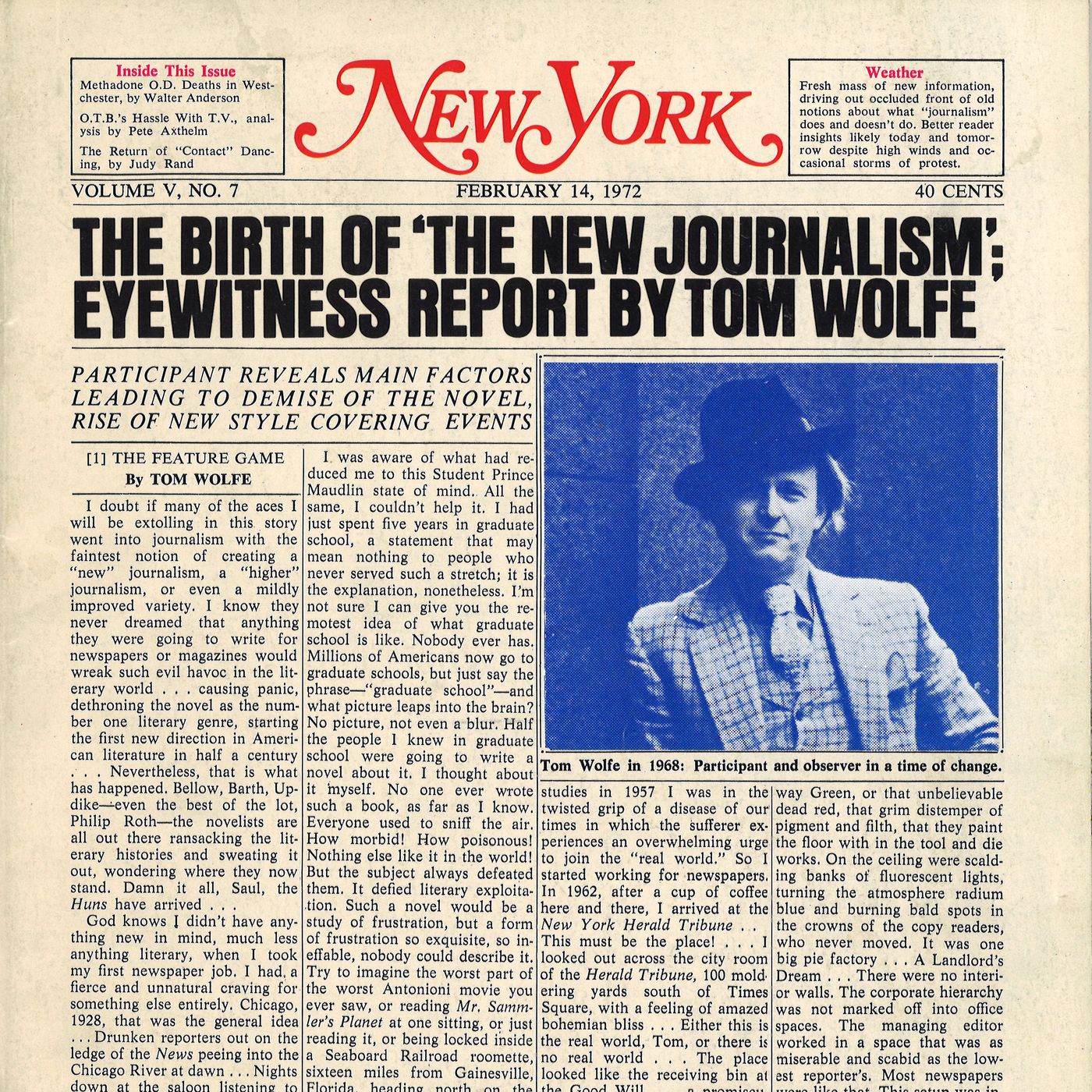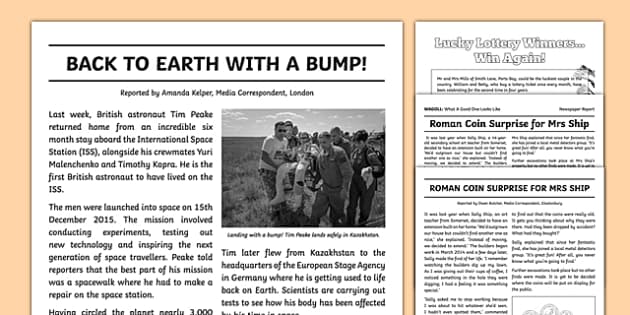What Does News Articles Mean?
What Does News Articles Mean?
Blog Article
10 Easy Facts About News Articles Shown
Table of Contents3 Easy Facts About News Articles ExplainedSome Known Factual Statements About News Articles News Articles - An Overview7 Easy Facts About News Articles ExplainedGetting My News Articles To Work
Great understanding of various subjects gives pupils an one-upmanship over their peers. Despite the fact that digital and social media sites are readily obtainable, we must not forget exactly how crucial it is to check out the newspapers. Moms and dads should attempt and instill the behavior of reading a newspaper as a day-to-day regimen to continue the legacy of the adored print tool.News stories also contain a minimum of among the following vital characteristics about the designated audience: proximity, importance, timeliness, human passion, curiosity, or consequence. The associated term journalese is in some cases utilized, usually pejoratively, to describe news-style writing. An additional is headlinese. Newspapers generally abide by an expository writing design.
Within these limits, newspaper article also aim to be detailed. Nevertheless, various other variables are entailed, some stylistic and some originated from the media form. Amongst the bigger and more revered newspapers, justness and equilibrium is a major consider offering details. Commentary is typically constrained to a different area, though each paper might have a different overall slant.
Newspapers with a global target market, for instance, tend to utilize an extra formal style of creating. News Articles.; usual style overviews include the and the United States Information Design Publication.
The Basic Principles Of News Articles
As a regulation, reporters will certainly not utilize a long word when a short one will do. News writers attempt to stay clear of utilizing the same word more than once in a paragraph (occasionally called an "echo" or "word mirror").
However, headlines in some cases omit the topic (e.g., "Jumps From Watercraft, Catches in Wheel") or verb (e.g., "Cat female lucky"). A subhead (additionally subhed, sub-headline, subheading, subtitle, deck or dek) can be either a secondary title under the major heading, or the heading of a subsection of the post. It is a heading that comes before the major text, or a team of paragraphs of the main text.

Added signboards of any of these types may appear later in the write-up (specifically on succeeding web pages) to tempt additional reading. Such signboards are likewise used as guidelines to the article in various other sections of the magazine or site, or as ads for the piece in other magazine or sites. Regular structure with title, lead paragraph (recap in strong), other paragraphs (details) and call details.

Instance of a hard-lead paragraph NASA is suggesting an additional room job. The firm's budget plan request, introduced today, consisted of a plan to send another goal to the Moon. This time the agency wishes to develop a lasting facility as a jumping-off place for various other area adventures. The budget requests around $10 billion for the project.
The NASA announcement came as the company requested $10 billion of appropriations for the job. An "off-lead" is the 2nd most important front page information of the day. The off-lead shows up either in the leading left edge, or straight below the lead on the right. To "bury the lead" is to begin the article with history information or information of secondary importance to the readers, forcing them to read more deeply into an article than they ought to need to in order to discover the essential points.
Things about News Articles
Typical use is that or two sentences each form their own paragraph. Journalists typically define the company or framework of a newspaper article as an upside down pyramid. The necessary and most interesting aspects of a story are placed at the start, with supporting information following in order of decreasing significance.
It enables individuals to check out a topic to just the deepness that their inquisitiveness takes them, and without the charge of details or nuances that they might think about unnecessary, yet still making that details offered to a lot more interested viewers. The inverted pyramid structure also enables short articles to be cut to any arbitrary length throughout design, to suit the space available.
Some writers start their stories with the "1-2-3 lead", yet there are many type of lead offered. This style inevitably begins with a "5 Ws" opening up paragraph (as described above), followed by an indirect quote that serves to sustain a major element of the very first paragraph, and afterwards a straight quote to sustain the indirect quote. [] A twist can describe numerous things: The last story current broadcast; a "pleased" story to end the program.
Longer short articles, such as magazine cover posts and the items that lead the within sections of a newspaper, are called. Feature tales vary from straight news in a number of methods. Foremost is the lack of a straight-news lead, a lot of the moment. Instead of using the essence of a story in advance, function authors might attempt to entice viewers in.
What Does News Articles Do?
An attribute's very first paragraphs frequently associate an appealing minute or occasion, as in an "unscientific lead". From the details of an individual or episode, its view rapidly broadens to generalities concerning the tale's topic.

The Editor's Toolbox: A Reference Guide for Beginners and Continue Professionals (2001) Allan M. Siegal and William G. Connolly. The New York City Times Handbook of Style and Usage: The Official Design Overview Utilized by the Writers and Editors of the Globe's The majority of Reliable Paper (2002) M. L. Stein, Susan Paterno, and R.
Report this page